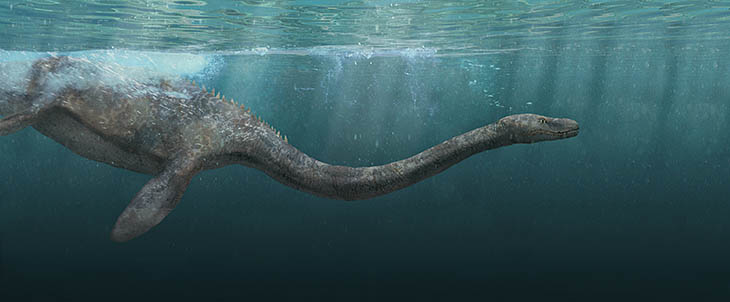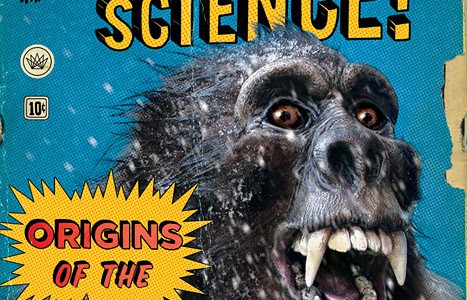This article was originally published at the defunct Insight blog at Skeptic.com on Aug 31, 2015. An archived version is available here.
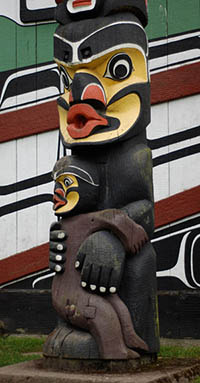
How did the traditional character of the cannibal ogress Dzunuk’wa come to be claimed by cryptozoologists as a depiction of their hypothesized “Bigfoot” cryptid species? (Kwakwaka’wakw heraldic pole. Carved in 1953 by Mungo Martin, David Martin, and Mildred Hunt. Thunderbird Park at the Royal British Columbia Museum, Victoria, BC, Canada. Photograph by Daniel Loxton)
Much of my skeptical research traces the historical pathways through which pseudoscientific and paranormal beliefs emerge and evolve over time. In particular, I’ve explored the cultural origins of allegedly genuine monsters such as Bigfoot (“cryptids”) for Junior Skeptic (the children’s section of Skeptic magazine) and Abominable Science!, my 2013 book with Donald Prothero.
My research has often led me to consider how folkloric phenomena are brought under the umbrella of cryptozoology (the largely pseudoscientific “study” of legendary, allegedly “hidden” animals). In this active process, fuzzy abstractions—fluid supernatural conceptions, diverse “saw something weird” events, stories, metaphors, and shifting myths—are distilled down into more-or-less concrete hypothetical “species” of cryptids. For want of a better term, I’ve started to think of this cultural crystallization process as “cryptozoologification.”1 And it’s a bit of a problem. When the mists of folklore are reified as the discrete objects of cryptozoological pursuit, something is not only lost, but actively discarded.
I’m by no means the first to raise that conceptual concern (and it’s the concept I really wish to promote here, not the imperfect neologism). Sharon Hill has recently taken up the topic (here and here), calling this “the illusion of facticity.” Hill riffs on Lake Monster Traditions: a Cross-Cultural Analysis, by Michel Meurger with Claude Gagnon (London: Fortean Times, 1988), which gives a great deal of critical attention to this “scientification of folklore.” (This is surely one of the most important cryptozoology books ever written—a road map for a type of folklorically-aware skeptical approach I’ve sometimes called “post-cryptid cryptozoology.”) Read more


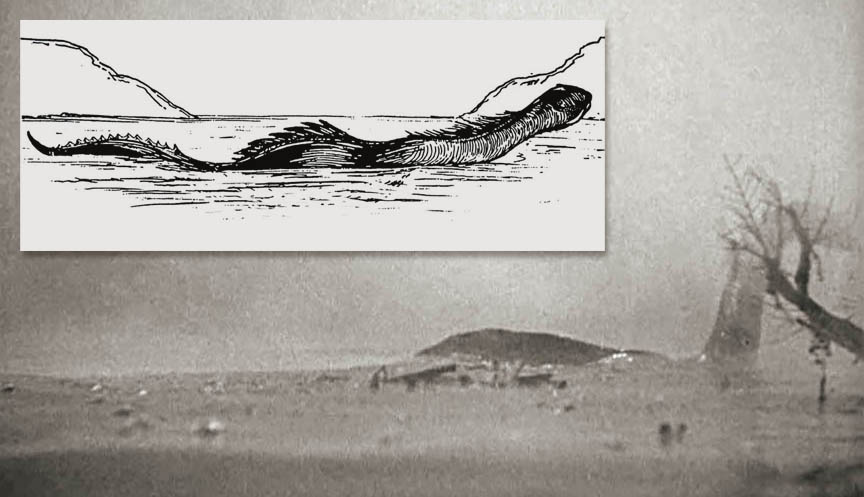
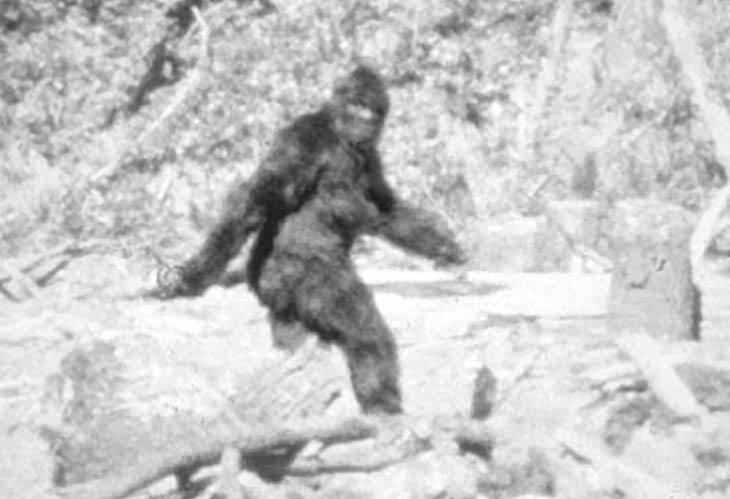 When Greg Long’s 2004 book The Making of Bigfoot arrived on my desk, I knew it was from Prometheus Books (which is a pretty good start), and about Bigfoot, but nothing else. Having heard none of the buzz about it, I was merely hoping it would prove to be a decent resource for one of my own articles on the sub ject. Then, when I realized that the entire 476-page book was exclusively about the late Roger Patterson’s infamous 1967 “Bigfoot” film, my heart sank. 476 pages on that tired old chestnut?
When Greg Long’s 2004 book The Making of Bigfoot arrived on my desk, I knew it was from Prometheus Books (which is a pretty good start), and about Bigfoot, but nothing else. Having heard none of the buzz about it, I was merely hoping it would prove to be a decent resource for one of my own articles on the sub ject. Then, when I realized that the entire 476-page book was exclusively about the late Roger Patterson’s infamous 1967 “Bigfoot” film, my heart sank. 476 pages on that tired old chestnut?  Opening Ben Radford and Joe Nickell’s newest book, Lake Monster Mysteries, I was already pretty sure I’d like it. I admire other work by these authors, and I adore the notion of antediluvian leviathans sliding undetected through the world’s lakes, ponds, and swimming holes. (My role at Skeptic is similar to Radford’s role at the Skeptical Inquirer: go-to cryptozoology guy.)
Opening Ben Radford and Joe Nickell’s newest book, Lake Monster Mysteries, I was already pretty sure I’d like it. I admire other work by these authors, and I adore the notion of antediluvian leviathans sliding undetected through the world’s lakes, ponds, and swimming holes. (My role at Skeptic is similar to Radford’s role at the Skeptical Inquirer: go-to cryptozoology guy.)